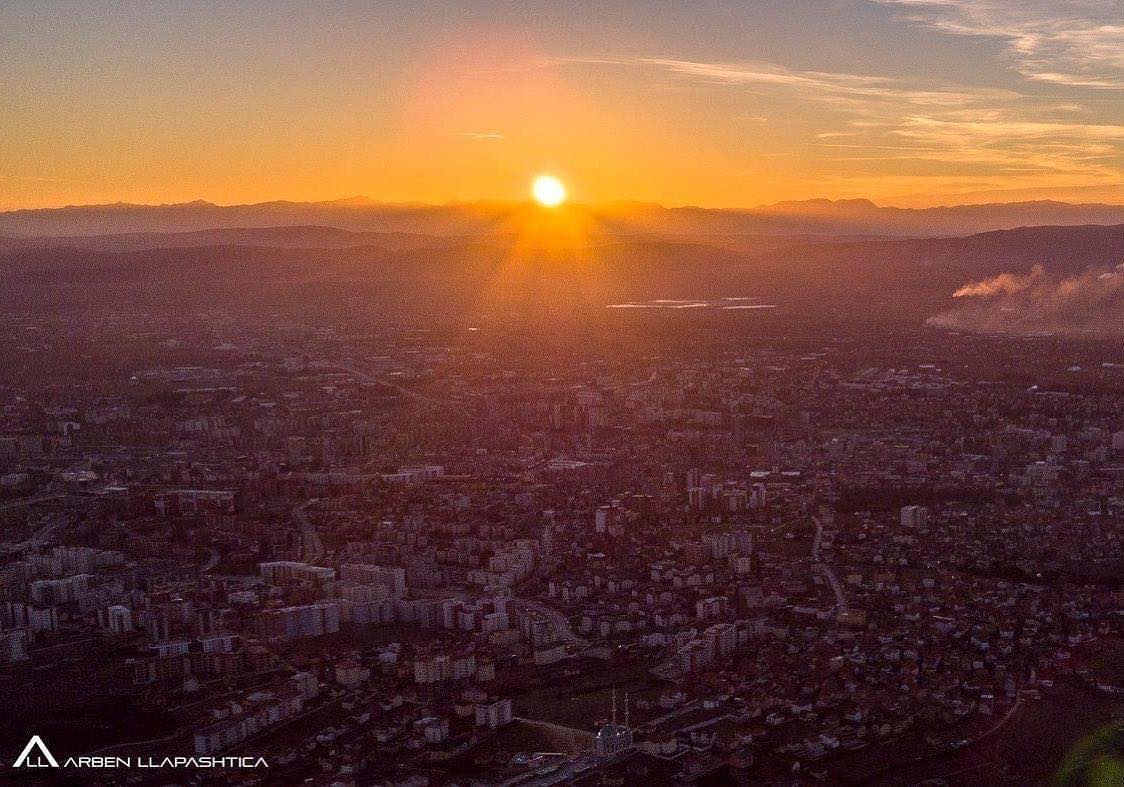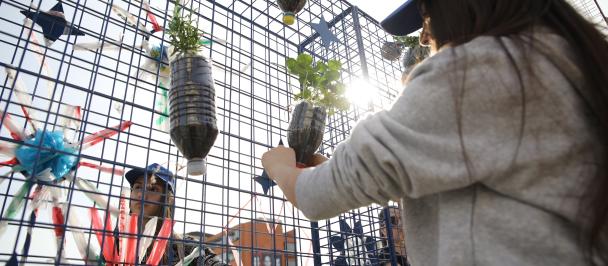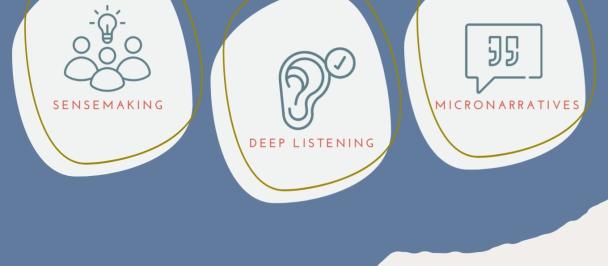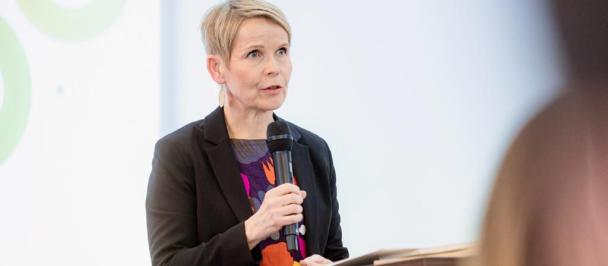Cities are getting dangerously warm: What we need to know and what needs to be done
September 20, 2022

For decades now, scientists have been ringing the alarm bells on the urgency of climate change and its impact on populations globally. While international pledges like the Paris Agreement have been made, the global community is still far from meeting needed climate action goals – and we are already seeing the consequences. As the planet continues to warm up, July 2022 saw persistent heatwaves affecting the globe, reaching record temperatures as high as 47 °C in some parts of Europe.
While heatwaves affect most areas that they spread on, scientists have been observing hotter temperatures in urban areas as compared to rural areas. This is because cities tend to lack natural shade. At the same time, concrete buildings and roads absorb more sunrays during the daytime, causing the release of the accumulated heat back during the night. Green landscapes have a cooling effect and the lack of greenery in urban areas makes them even hotter. This phenomenon makes life in urban areas much hotter than in the countryside and it is called the Urban Heat Island Effect.

Considering that 55% of the global population live in urban areas, the Urban Heat Island Effect is impacting an increasing number of people and cities globally. This is also true for Kosovo, particularly Pristina, which over the past two decades has seen rapid urban and population growth, yet little investment in green infrastructure. A recent study on the UHI effect in Pristina confirmed this, saying that the city is hotter compared to areas with a higher level of vegetation, citing Pristina’s population density and lack of greenery as the main contributors.
Limited green areas coupled with record-high temperatures pose health challenges to people's everyday lives, especially to vulnerable groups like the elderly, people with chronic diseases, children, pregnant women - and to people who work outdoors, such as construction workers and athletes. The risks can be serious and range from heat exhaustion to cramps and most severely – heat strokes.
On top of the immediate health risks that heat waves pose, increased temperatures intensify existing environmental issues like pollution and poor air quality. Specifically, scientists have proven that heat waves have an impact on increased levels of ground ozone, which aggravates respiratory diseases, like asthma and chronic bronchitis. Additionally, high temperatures entail high energy consumption for cooling, which contributes to increased air pollution, especially in places like Kosovo, which rely heavily on coal for energy production.

With accelerating urban growth, it is important to recognize the challenges and factors that make cities uniquely vulnerable to climate change, air pollution and urban heat. UNDP works with Kosovo authorities at central and local level to advance green transition. We support municipalities in developing action plans to address air pollution and climate change, promote sustainable urban mobility as well as install solar panels - contributing to carbon-neutral development while nurturing innovative solutions for green transition, and more sustainable and resilient systems.
Using behavioral science, we aim to reduce the number of cars in Pristina’s city center which will result in a reduction of emissions and air pollution. Together with the community, we are co-designing a collaborative platform enabling communities, local businesses, municipalities and local councils to work together towards developing parks and green areas which will reduce accumulation of heat in urban structures.
Although not easy, taking climate action to make cities sustainable and more resilient to crises - including extreme heatwaves - is possible and urgently needed to keep ourselves and future generations safe. By doing so, we don't only bring nature back into cities – we also enhance the overall quality of life and ensure livable urban areas for tomorrow.
Zana Shabani Isenaj, Project Coordinator, Healthier Kosovo 2
Arta Ismajli, Research and Community Engagement Assistant, Healthier Kosovo 2
Photos: Courtesy of Arben Llapashtica's personal archive.

 Locations
Locations


